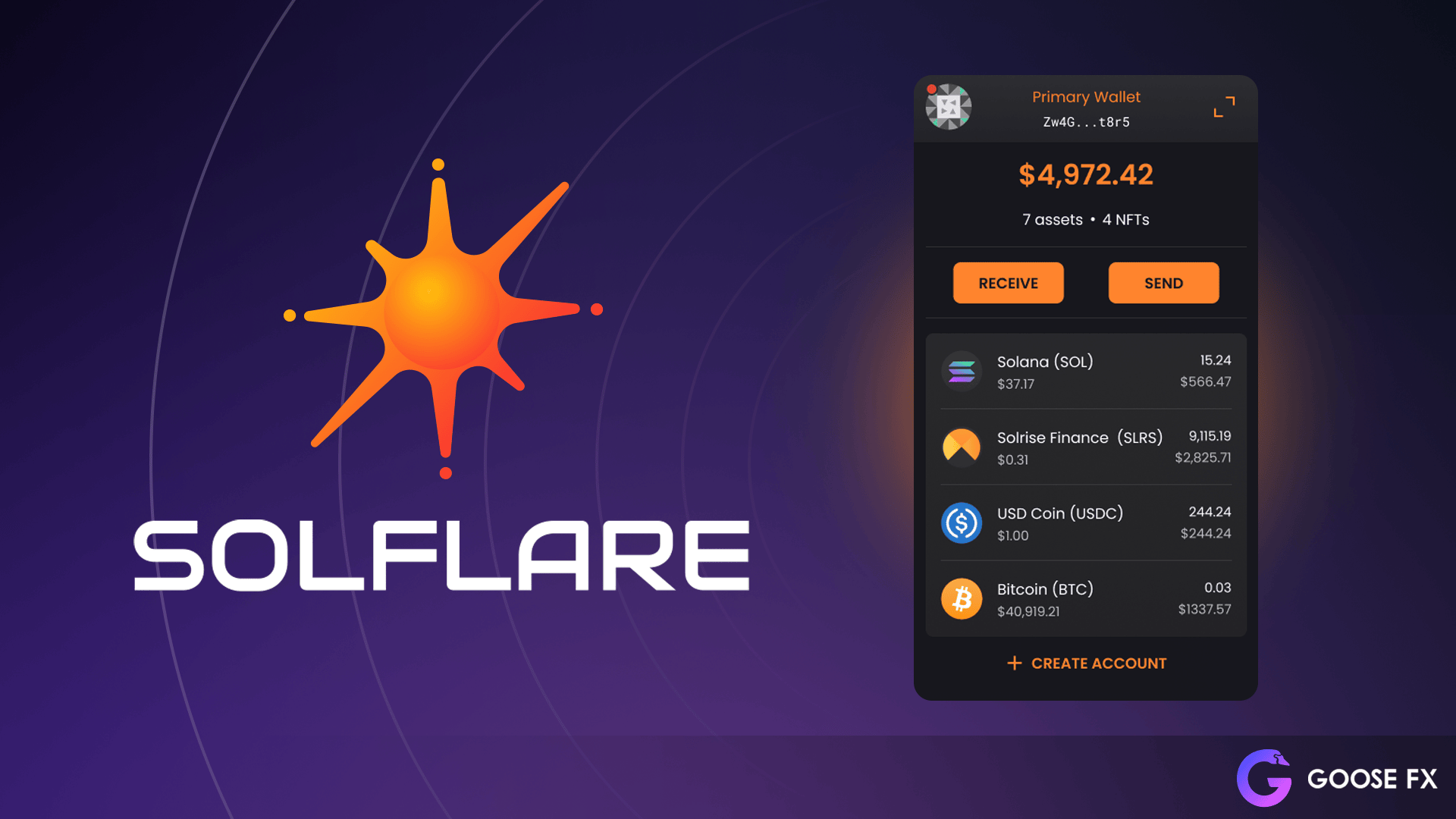So, I was fiddling around with my wallet the other day—yeah, that one you’re probably already using or at least heard about—and I realized how messy tracking SPL tokens can get. Seriously, it’s like trying to keep tabs on a dozen tabs open in your browser, but each one jumps around and changes shape. My instinct said, “There’s gotta be a better way,” especially when you’re juggling staking and DeFi apps on Solana.
Here’s the thing. SPL tokens are the bread and butter of the Solana ecosystem. They’re basically Solana’s version of ERC-20 tokens but with some twists that trip up even seasoned users. I remember initially thinking all SPL tokens were created equal—like, just digital assets floating around. But actually, they differ a lot in terms of how they interact with validators and how their transactions get recorded on-chain. It’s not just about sending and receiving; it’s about knowing the validator you trust, how your token history looks, and making sure your wallet keeps you safe.
Whoa! That was a mouthful already, huh? But don’t tune out just yet. Let me unpack this a bit.
Validator selection on Solana? It’s kinda like picking a mechanic for your car. You want someone reliable because they’ll be handling your transactions and staking rewards. But unlike your local garage, validators here are nodes securing the network, and your delegation impacts both your earnings and the network’s health. I’ve seen folks just randomly pick validators without much thought, which feels… well, risky. (Oh, and by the way, some validators have shady reputations, so a little homework goes a long way.)
On one hand, you want to pick validators with good uptime and reputation, but actually, some higher-performing validators might charge more fees. So it’s a trade-off. This part bugs me because the ecosystem still lacks a super intuitive way to compare and select validators directly in wallets. That’s where tools and wallets that integrate such features really shine.
Now, about tracking transaction history for SPL tokens—this is a wild west. Unlike Bitcoin or Ethereum, Solana’s blazing-fast throughput means your transactions fly by, but your wallet needs to keep up. I’ve noticed that some wallets lag in showing a complete picture of your SPL token movements, which is frustrating if you’re deep into DeFi or staking.
Okay, so check this out—there’s this wallet that’s been growing on me: Solflare. It’s got this neat interface that not only supports SPL tokens seamlessly but also makes validator selection way less of a headache. If you haven’t already, you might want to grab it. Here’s a straightforward way to get started with it: solflare wallet download. I’m biased, but it really helped me organize all my staking delegations and token tracking without juggling multiple apps.
Let me throw in a quick story. A friend of mine, who’s a bit of a crypto skeptic, tried staking some SPL tokens through a random validator he found on a forum. Guess what? His rewards barely showed up, and when he checked the transaction history, it was a mess—confusing, incomplete, and honestly kind of worrying. After switching to a better validator through Solflare, things smoothed out, and his transaction logs became crystal clear. That hands-on experience sold me on the importance of careful validator choice paired with a good wallet.
Hmm… now that I think about it, the way SPL tokens are structured kind of demands a wallet that’s more than just a storage spot. It needs to actively help you manage these tokens, pick trustworthy validators, and keep a clean transaction history that you can audit anytime. Otherwise, you’re flying blind, and in the crypto space, that’s a fast way to lose your shirt.
Yeah, I know—some of this might sound a bit obvious to the pros, but for folks coming from Ethereum or other chains, Solana’s approach is a bit different, and the ecosystem tools haven’t fully caught up in user-friendliness. So I’m always on the lookout for wallets or tools that bridge that gap.

Digging into SPL Tokens and Validator Selection
Let’s get a bit deeper. SPL tokens, by design, are native to the Solana blockchain. This means every transaction involving them is lightning fast and costs mere fractions of a cent. But here’s the kicker: the validator you delegate your tokens to isn’t just a passive middleman—they actively participate in confirming transactions and securing the network. So, your choice matters.
If you want to maximize your staking rewards, you should consider validators’ commission rates, reliability, and community reputation. But reality check: these aren’t always easy to find or compare. Some validators might have stellar uptime but higher fees, while others might be riskier but offer better returns. It’s a classic risk-reward balance.
From my experience, the best approach is to diversify your delegation among multiple validators you trust rather than putting all your eggs in one basket. This not only spreads your risk but also helps maintain network decentralization, which is crucial for Solana’s health. Yeah, it’s a bit more work, but worth it.
On the transaction history front, wallets that offer detailed logs for your SPL tokens make life much easier, especially if you’re active in DeFi or NFT platforms. You want to see clear timestamps, amounts, and the validators involved in your staking. Unfortunately, not every wallet has that level of granularity.
Honestly, this is where Solflare has impressed me again. It aggregates your SPL token balances, lets you pick and switch validators smoothly, and shows a clean transaction history that even a non-techie can follow. If you’re serious about staking and managing SPL tokens, this is a giant timesaver.
Now, a quick note: while Solflare is solid, no wallet is perfect. There are occasional hiccups, like syncing delays or minor UI quirks. But hey, crypto is still early days, and these wallets keep evolving fast.
Another thing to watch out for is security. Since you’re dealing with real assets and validator interactions, always keep your wallet backed up and be cautious about phishing sites. Downloading wallets directly from trusted sources is a must—again, here’s that solflare wallet download link so you don’t have to hunt around.
One last thought—transaction history isn’t just about tracking your gains or losses. It’s a tool for accountability and spotting any weird activity early. If you notice unexpected delegations or token movements, you can react before it’s too late. This vigilance is something I don’t see talked about enough.
To wrap this up—well, not really wrap but circle back—SPL tokens, validator selection, and transaction history are all tangled threads in Solana’s ecosystem tapestry. If you want to play in this space seriously, you gotta pick your tools wisely. Wallets like Solflare simplify complex tasks, letting you focus on what matters: growing your assets and participating in this exciting network.
And you know what? That kinda makes me excited for what’s next. Because if wallets can keep getting smarter and more user-friendly, the barrier to entry drops, and Solana’s ecosystem could explode with new users who actually feel confident managing their tokens and validators.
So yeah, maybe I’m a bit of a wallet nerd, but hey, I’m not 100% sure how many folks realize just how much the right wallet can change the game. I guess you’ll have to try it for yourself and see.
Partner links from our advertiser:
- Real-time DEX charts on mobile & desktop — https://sites.google.com/walletcryptoextension.com/dexscreener-official-site-app/ — official app hub.
- All official installers for DEX Screener — https://sites.google.com/mywalletcryptous.com/dexscreener-apps-official/ — downloads for every device.
- Live markets, pairs, and alerts — https://sites.google.com/mywalletcryptous.com/dexscreener-official-site/ — DEX Screener’s main portal.
- Solana wallet with staking & NFTs — https://sites.google.com/mywalletcryptous.com/solflare-wallet/ — Solflare overview and setup.
- Cosmos IBC power-user wallet — https://sites.google.com/mywalletcryptous.com/keplr-wallet/ — Keplr features and guides.
- Keplr in your browser — https://sites.google.com/mywalletcryptous.com/keplr-wallet-extension/ — quick installs and tips.
- Exchange-linked multi-chain storage — https://sites.google.com/mywalletcryptous.com/bybit-wallet — Bybit Wallet info.
